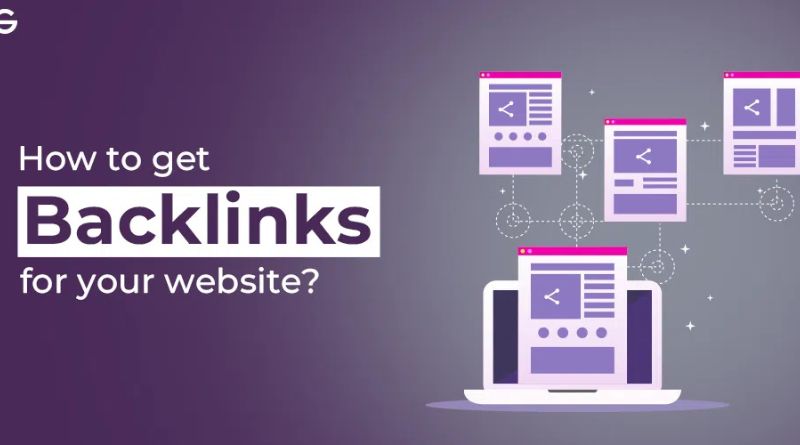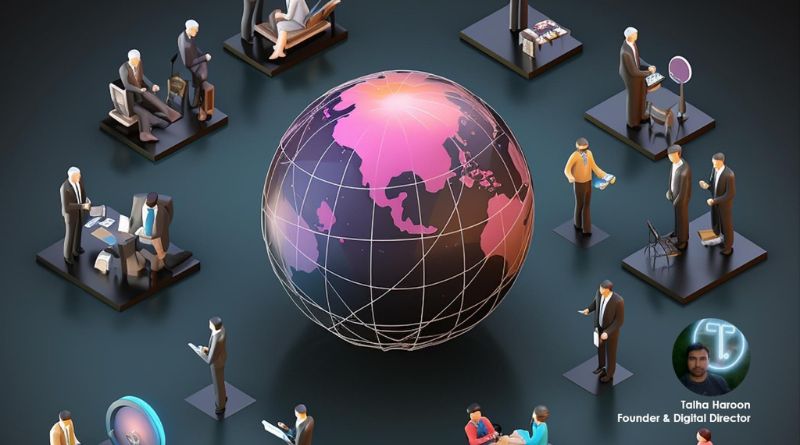In today’s increasingly digital world, the frequency and sophistication of cyber attacks continue to rise at an alarming rate. The year 2024 is already seeing an escalation in these threats, as hackers adopt new tactics, technologies, and strategies to exploit vulnerabilities in both personal and business networks. With high-profile cyber attacks making headlines, it is crucial to understand the scope of the problem and the actions you can take to protect yourself. This article provides an in-depth look at cyber attack 2024, shedding light on the emerging trends and offering practical advice to minimize your risk.
Table of Contents
What is a Cyber Attack?
A cyber attack is any attempt by cybercriminals to gain unauthorized access to computer systems, networks, or devices with the goal of stealing, damaging, or manipulating data. These attacks can range from relatively simple phishing scams to complex multi-layered threats involving ransomware, malware, and advanced persistent threats (APTs). The consequences of such attacks can be devastating, affecting everything from individual privacy to national security.
As we move through 2024, these attacks are becoming more refined, targeting both individuals and organizations. Businesses, governments, and even critical infrastructure like healthcare systems are prime targets for malicious actors. The cost of a cyber attack is not just financial but can include the loss of sensitive data, reputational damage, and long-term security risks.
Types of Cyber Attacks in 2024
Cybercriminals are constantly evolving their methods to infiltrate networks. In 2024, several types of cyber attacks are expected to remain prevalent, including:
1. Ransomware Attacks
Ransomware has been a significant threat for several years, and its use continues to rise in 2024. This type of malware encrypts a victim’s files, rendering them inaccessible. The attacker then demands a ransom payment, usually in cryptocurrency, in exchange for the decryption key. If the ransom is not paid, the victim’s data remains locked, often with the added threat of public exposure.
Ransomware attacks have become more targeted, with attackers using sophisticated tactics to ensure they can demand a higher ransom. Organizations in sectors like healthcare, education, and finance are increasingly being targeted, given the critical nature of their services.
2. Phishing and Spear Phishing
Phishing remains one of the most common forms of cyber attack. It involves sending fraudulent emails or messages that trick recipients into revealing sensitive information like login credentials, financial data, or even personal identification numbers. Spear phishing, a more targeted variation, is customized for specific individuals or organizations, making it harder to detect.
In 2024, phishing attacks are becoming more advanced, using social engineering tactics to manipulate victims into trusting malicious messages. These scams may impersonate trusted sources, such as colleagues, executives, or well-known brands, further increasing their chances of success.
3. Advanced Persistent Threats (APTs)
An APT is a prolonged and targeted cyber attack in which the attacker gains continuous access to a network over an extended period. These threats are typically aimed at high-value targets, such as government agencies, large corporations, and critical infrastructure. APTs are often difficult to detect, as attackers work in the background, carefully monitoring and harvesting sensitive data without triggering any alarms.
In 2024, APTs are becoming more sophisticated, with attackers utilizing advanced tools and techniques to evade detection. These attacks can have significant geopolitical and economic implications, especially if they target government or industrial systems.
4. Supply Chain Attacks
Supply chain attacks have emerged as a prominent threat in recent years, and their prevalence is expected to grow in 2024. This type of attack targets a company’s suppliers or service providers, which may have weaker security measures in place. Once the attacker infiltrates the supply chain, they can use it as a pathway to gain access to the organization’s more secure systems.
The 2020 SolarWinds attack, where hackers exploited vulnerabilities in a widely-used software platform, is a prime example of a successful supply chain attack. These types of breaches can affect not only large corporations but also small businesses that rely on third-party services and software.
5. IoT (Internet of Things) Vulnerabilities
The growing use of IoT devices—smartphones, wearables, smart homes, and industrial IoT—has created new attack vectors for cybercriminals. Many IoT devices are not equipped with the necessary security measures, making them vulnerable to exploitation. Hackers can use these devices to infiltrate networks, steal data, or launch distributed denial-of-service (DDoS) attacks.
In 2024, as the number of connected devices increases, so does the risk associated with them. It is critical for individuals and businesses to ensure that IoT devices are secured properly to prevent them from becoming entry points for cyber criminals.
The Impact of Cyber Attacks in 2024
The impact of a cyber attack 2024 can be devastating for both individuals and organizations. Some of the most common repercussions include:
1. Financial Loss
Cyber attacks can lead to substantial financial losses. This includes the costs of paying ransoms (in the case of ransomware), the cost of repairing damaged systems, and the loss of revenue due to business disruptions. Moreover, organizations may face fines if customer data is compromised in violation of data protection laws such as the General Data Protection Regulation (GDPR).
2. Reputational Damage
For businesses, the damage to reputation can be even more harmful than the financial consequences. Customers, clients, and partners may lose trust in an organization’s ability to safeguard their data, leading to a loss of business. The negative press surrounding a cyber attack can be long-lasting, affecting future growth and partnerships.
3. Data Loss and Breaches
Sensitive personal and business data can be stolen during cyber attacks, leading to identity theft, fraud, and privacy violations. For organizations, the loss of intellectual property, customer data, or proprietary information can have lasting effects, both legally and competitively.
4. Legal Consequences
Data breaches may result in legal actions, especially if the attacked entity fails to protect its data adequately. Organizations may face lawsuits from affected parties and be subject to regulatory investigations.
How to Protect Yourself from Cyber Attacks
With the increase in cyber threats, it is important to adopt strong cybersecurity practices. Below are some essential steps to protect yourself and your business from a cyber attack 2024:
1. Use Strong Passwords
Ensure all your online accounts are protected with strong, unique passwords. Avoid using simple or repetitive passwords, and consider using a password manager to securely store them.
2. Enable Multi-Factor Authentication (MFA)
Enable multi-factor authentication on all accounts that support it. MFA adds an extra layer of protection by requiring users to verify their identity through more than just a password (e.g., a fingerprint or a code sent to your phone).
3. Regular Software Updates
Ensure that your software, including antivirus programs, operating systems, and applications, are regularly updated. Cybercriminals often exploit vulnerabilities in outdated software, so keeping your systems up to date is a crucial defense against attacks.
4. Educate Yourself and Employees
Phishing attacks rely on social engineering and human error, so educating yourself and your employees about the risks is essential. Regular training on recognizing suspicious emails, links, and attachments can help reduce the likelihood of falling victim to scams.
5. Use Secure Networks
Avoid using public Wi-Fi networks to access sensitive information. Public networks are often unsecured and can be exploited by attackers to intercept your data. If necessary, use a VPN (Virtual Private Network) for secure connections.
The Future of Cybersecurity
As we move further into 2024, the landscape of cybersecurity continues to evolve. It’s clear that cybercriminals will continue to innovate, making it imperative for individuals and organizations to stay ahead of the curve. The development of artificial intelligence (AI) and machine learning in both attack and defense strategies will play a key role in shaping the future of cybersecurity.
Investing in advanced cybersecurity technologies, adopting proactive security measures, and fostering a culture of awareness are the best ways to defend against the growing threat of cyber attacks.
Conclusion
The cyber attack 2024 landscape is increasingly complex and dangerous. As cybercriminals become more sophisticated, individuals and organizations alike must stay vigilant and take proactive steps to protect their data and systems. With the right measures in place, such as strong passwords, multi-factor authentication, and up-to-date software, it is possible to mitigate the risks associated with these attacks. By understanding the threats and implementing robust cybersecurity strategies, we can all play a part in safeguarding our digital future.
FAQs
1. What is the most common type of cyber attack in 2024?
Ransomware attacks remain the most common and damaging type of cyber attack in 2024. However, phishing and supply chain attacks are also becoming increasingly prevalent.
2. How can I tell if I’ve been the victim of a cyber attack?
Signs of a cyber attack include unusual computer behavior, unexpected file encryption, unauthorized transactions, or notifications of data breaches. If you suspect you have been attacked, it’s important to disconnect from the internet and contact your IT department or a cybersecurity expert.
3. Can I prevent a cyber attack entirely?
While it is impossible to guarantee 100% protection from cyber attacks, implementing strong security practices, such as using complex passwords, enabling multi-factor authentication, and staying updated on the latest cybersecurity trends, can significantly reduce your risk.
4. What should I do if my business is targeted by a cyber attack?
If your business is targeted, disconnect from the network, assess the situation, and contact your IT team or a cybersecurity firm for immediate response. Notify affected clients, and if necessary, report the breach to relevant authorities.
5. How do I protect my personal data from cybercriminals?
To protect your personal data, use strong passwords, avoid public Wi-Fi for sensitive transactions, regularly monitor your bank statements, and be cautious when clicking on links or downloading attachments from unknown sources.















Leave a Reply